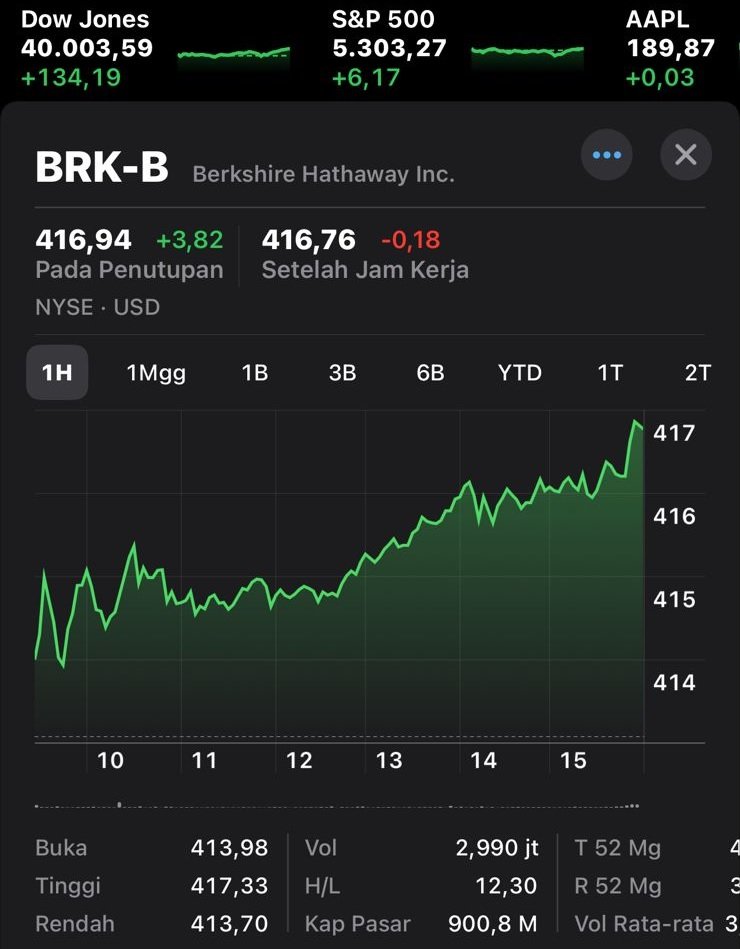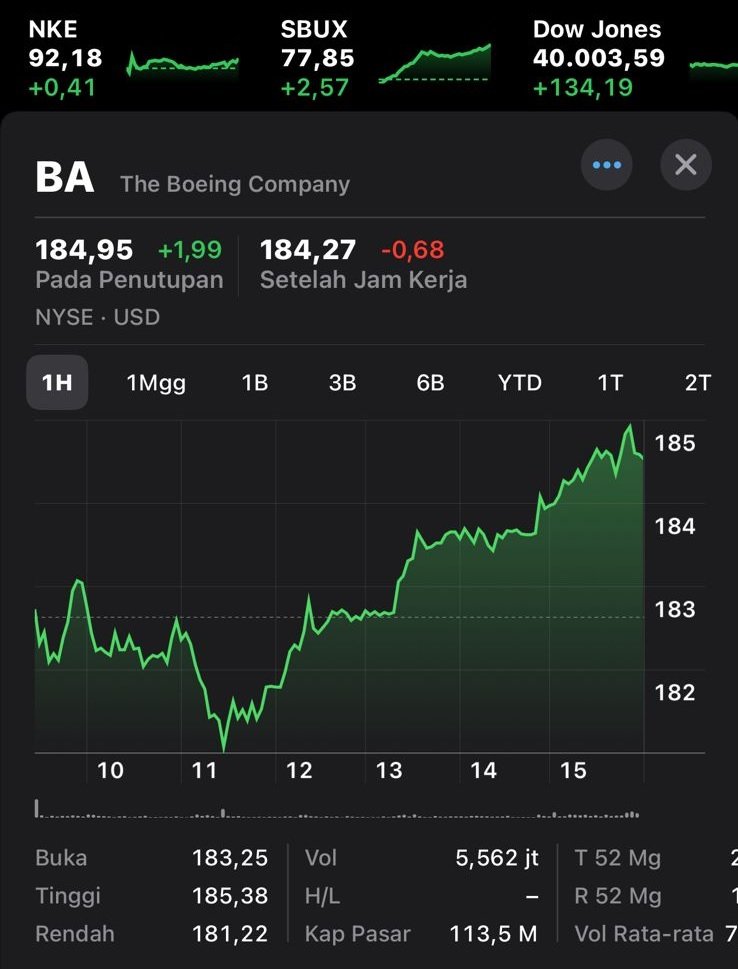Understanding CCC
The cash conversion cycle (CCC), also called the net operating cycle or cash cycle, is a metric that states, in days, how long it takes a company to convert cash spent on inventory into cash from sales of its products or services. . The shorter the cash cycle, the better, as this indicates the less time cash is tied up in receivables or inventory.
Cash conversion cycle (CCC), also known as cash cycle is a metric that states how many days it takes a company to convert cash spent on inventory into cash by selling its products. The shorter a company’s CCC, the less time the company has to tie up money in receivables and inventory. The cash conversion cycle attempts to measure how long each dollar of net input is tied up in the production and sales process before being converted into cash received.
This metric considers how long it takes a company to sell its inventory, how long it takes to collect receivables, and how long it has to pay its bills. Although the cash conversion cycle usually shows a positive number, some companies may have a negative cash conversion cycle. In this situation, the company effectively receives payment for the goods it sells before paying for the raw materials to its suppliers. This can be achieved through a combination of selling inventory quickly, collecting payments from customers immediately, and paying the company’s suppliers at a later date. Typically, negative cash conversion cycles are associated with highly efficient online retailers.
CCC is one of several quantitative measures that helps evaluate the efficiency of a company’s operations and management. A decreasing or stable trend in CCC values over some period is a good sign, while increasing CCC values will lead to further investigation and analysis based on other factors. To increase (reduce) CCC, companies can focus on one of its three components. Increasing DPO, reducing DSO or reducing DIO will all reduce CCC. Therefore, companies can improve their cash conversion cycle and avoid common cash flow problems in one of the following ways:
a. Turn inventory into sales faster
b. Collect payments from customers faster
c. Extends the time required to pay suppliers.
How to Calculate CCC
The cash conversion cycle summarizes three main stages of a company’s sales activities, namely: Selling current inventory, Collecting cash from current sales, Paying vendors for purchased goods and services. Thus, CCC is calculated using three other working capital metrics: Days Inventory Outstanding (DIO), Days Sales Outstanding (DSO) and Days Payable Outstanding (DPO). Since CCC involves calculating the net aggregate time involved in the above three stages of the cash conversion life cycle, the mathematical formula for CCC is represented as:
CCC = DIO + DSO – DPO
Where:
DIO = Days of inventory outstanding (days of inventory sales)
DSO = Extraordinary days sales
DPO = Days payable.
DIO and DSO relate to the company’s cash inflow, while DPO relates to cash outflow. Therefore, DPO is the only negative number in the calculation. Another way to look at the formula construction is that DIO and DSO are associated with inventory and receivables, respectively, which are considered short-term assets and are considered positive. DPO is associated with accounts payable, which is a liability and therefore considered negative.
A company’s cash conversion cycle generally moves through three distinct stages. To calculate CCC, you need several items from the financial statements:
a. Revenue and cost of goods sold (COGS) from the income statement
b. Inventory at the beginning and end of a time period
c. Accounts receivable (AR) at the beginning and end of the time period
d. Accounts payable (AP) at the beginning and end of the time period
e. The number of days in a period (for example, year = 365 days, quarter = 90).
The first stage focuses on existing inventory levels and shows how long it takes a business to sell its inventory. This figure is calculated using days inventory in circulation (DIO). A lower DIO value is preferable, as it indicates that the company is generating sales quickly, which means better business turnover.
The second stage focuses on current sales and shows how long it will take to collect the cash generated from sales. This figure is calculated using days sales outstanding (DSO), which divides average receivables by daily revenue. A lower value is preferable for DSO, indicating that the company was able to raise capital in a short period of time, thereby improving its cash position. The third stage focuses on current business debt. It takes into account the amount of money a company owes to its current suppliers for the inventory and goods it purchases, and it represents the period over which the company must pay off those obligations.
How to Increase and Reduce CCC
If cash is easily available on a regular basis, then one can generate more sales to earn a profit, as the frequent availability of capital leads to more products being made and sold. However, it is important to understand that a company’s cash conversion cycle does not stand alone, as it describes the way a company interacts with its suppliers and customers. So, if a company extends the time it takes to pay its suppliers, those suppliers will feel an adverse impact on their cash conversion cycles through increasing their DSO.
Companies can also sell products on credit, which results in accounts receivable (AR). Therefore, cash is not a factor until the company pays debts and collects receivables. In some cases, suppliers may face cash flow pressures that could potentially hamper their ability to fulfill orders on time. As a result, purchasing companies may choose to strengthen their supply chains by utilizing early payment programs such as supply chain financing.
CCC tracks the life cycle of cash used for business activities. This follows cash being first converted into inventory and accounts payable, then into expenditures for product or service development, through to sales and receivables, and then back into cash on hand. Inventory management, sales realization, and accounts payable are the three main elements of business. If any of these fail, for example, inventory mismanagement, sales constraints, or an increase in the amount, value, or frequency of debt, then the business will suffer.
Companies can reduce their cash conversion cycles by turning over inventory more quickly. The faster the product is sold, the faster cash is received for the sale. Reducing the length of the cash conversion cycle can also be accomplished by improving the performance of one of the three metrics used to calculate it: days accounts payable outstanding (DPO), days sales outstanding (DSO), and days inventory outstanding (DIO).
Conclusion
The cash conversion cycle (CCC) is a metric that states the length of time (in days) it takes a company to convert its investments in inventory and other resources into cash flow from sales.
This metric takes into account the time it takes a company to sell its inventory, the time it takes the company to collect receivables, and the time the company is allowed to pay its bills without incurring any penalties.
CCC will vary by industry sector based on the nature of business operations. Cash cycle is an important working capital metric for all companies that purchase and manage inventory. It is an indicator of operational efficiency, liquidity risk, and overall financial health.
Therefore, it should not be looked at in isolation, but combined with other financial metrics such as return on equity. If a business has achieved appropriate performance and efficiently served the needs of its market and customers, then its CCC value will be lower. The CCC may not provide meaningful conclusions as a stand-alone figure for a particular period. Analysts use it to track a business over a period of time and compare a company to its competitors. When comparing competing businesses, investors may look at a combination of factors to choose the most suitable one.













